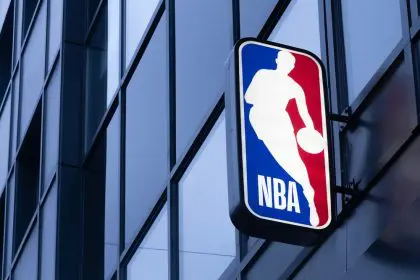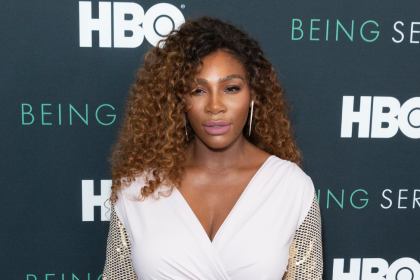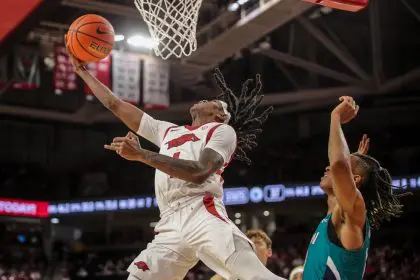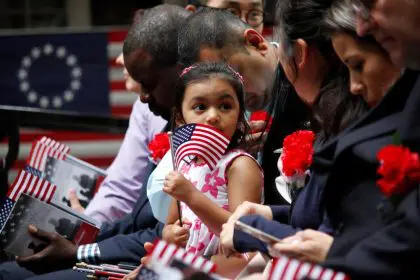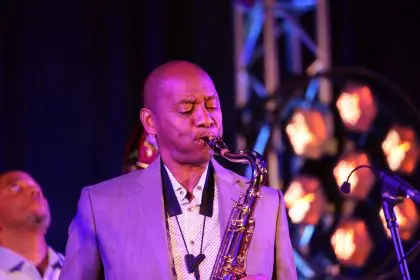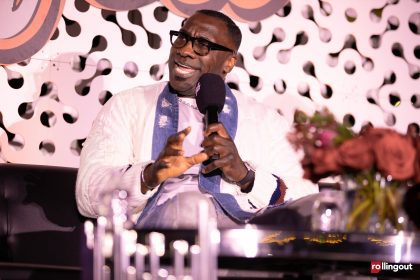Digital age brings new voices and perspectives to sports journalism
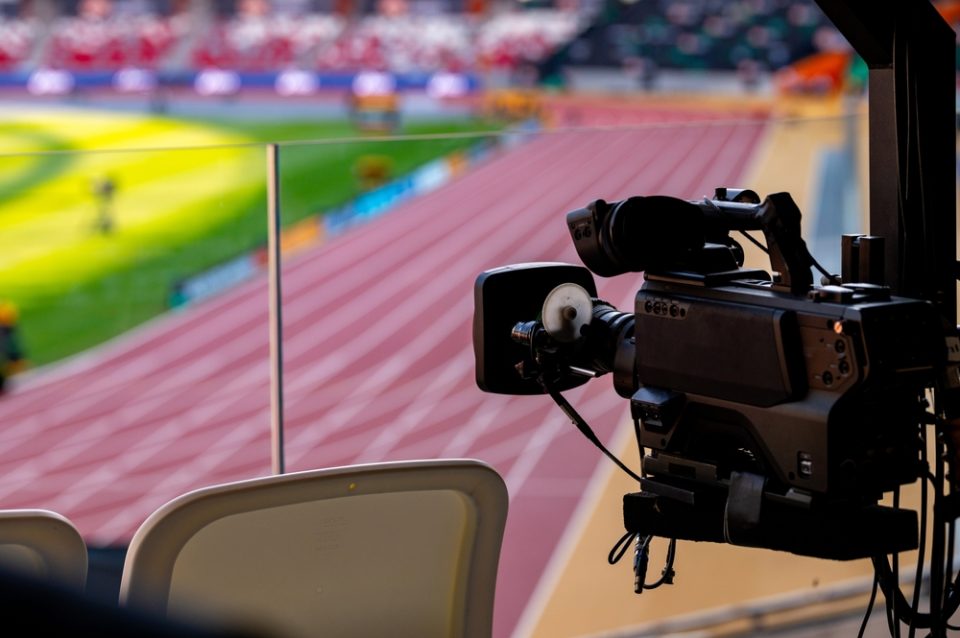
Transformative shift
The world of sports coverage has undergone a remarkable transformation over recent years, influenced by shifts in demographics and advancements in technology. This change is particularly significant for African American audiences, who are now seeing an increase in coverage that reflects their interests, voices, and perspectives in ways that were previously absent in mainstream media.
Digital innovation
The advent of digital media has revolutionized the way sports journalism is delivered, enabling more flexible and immediate access to content. Streaming platforms, podcasts, and social media have become essential in reaching audiences, allowing African American sports fans to engage with content that speaks directly to their experiences. Unlike traditional print and broadcast, these platforms offer a chance for more direct and unfiltered communication between athletes, journalists, and the fans who support them. This shift has brought a more authentic portrayal of sports culture that resonates with a diverse range of viewers.
Representation impact
One of the most profound changes in sports media is the move toward more inclusive representation. African American journalists and commentators are playing an increasingly important role in shaping the narrative around sports. Their presence ensures that the stories told are more comprehensive, honest, and reflective of the community’s experiences. For African American viewers, seeing someone who shares their background reporting on their favorite teams and athletes reinforces a sense of identity and validation. This shift not only counters the historical underrepresentation that existed in mainstream sports journalism but also opens the door for a richer and more layered understanding of sports narratives.
Cultural context
Today, sports media has expanded its scope beyond simple game analysis to include broader cultural implications. It now covers how African American athletes contribute to social change, from historic civil rights movements to current-day activism. For instance, the media spotlight on figures like Colin Kaepernick and the impact of the Black Lives Matter movement showcases how sports intersect with social issues. This type of coverage helps African American audiences see their sports heroes as more than just athletes; they are activists and leaders who use their platforms to drive change. In turn, these stories deepen the audience’s connection to the sport and empower them to engage in important conversations about race and justice.
Community connection
True representation in sports media requires a deeper connection with the communities it covers. Media outlets are now incorporating local sports programs, youth initiatives, and community events into their coverage. This type of content goes beyond the professional arena and highlights the transformative power of sports at the grassroots level. Whether it’s a story about a youth league championship or coverage of a community project led by former athletes, these narratives foster a stronger sense of trust and loyalty among African American audiences. They remind viewers that sports are more than just games—they are catalysts for change and pillars of community pride.
Social media influence
The rise of social media has been pivotal in reshaping how African American audiences interact with sports media. Platforms like Twitter, Instagram, and TikTok allow fans to engage in real-time conversations, share their perspectives, and create a dialogue that extends beyond traditional media boundaries. Athletes themselves are active participants on these platforms, sharing personal insights, opinions, and unfiltered takes that create a closer connection with their followers. The accessibility of social media also ensures that diverse voices are heard, giving African American sports fans the opportunity to participate in conversations that may have been overlooked in past decades.
Industry challenges
Despite the strides made, challenges remain in ensuring equitable representation in sports media. Issues such as racial bias in reporting and the fair portrayal of athletes continue to be areas of concern. Media organizations must actively work to recognize and address these biases, promoting accurate and balanced coverage that does not perpetuate stereotypes or misrepresent athletes. As the industry evolves, the responsibility of media outlets to adapt and prioritize inclusivity becomes even more critical, ensuring that their coverage meets the expectations of an increasingly diverse and socially aware audience.
Future landscape
The future of sports coverage is poised to be as dynamic as the technology driving it. To thrive in this new era, media outlets must commit to embracing a wider range of voices and producing content that caters to the expectations of modern audiences. This includes fostering a deeper connection with the communities they serve and delivering content that is as inclusive as it is innovative. Media outlets that prioritize these aspects will be better equipped to maintain relevance and resonance with African American audiences for years to come.
Tags: sports journalism, african american media, digital transformation, sports coverage, media representation, community engagement, social media impact, sports culture, media evolution, diversity in media




